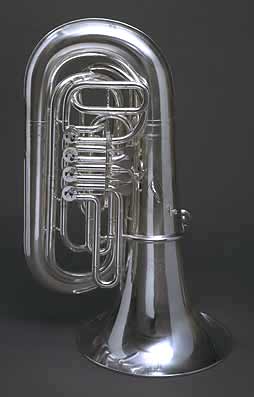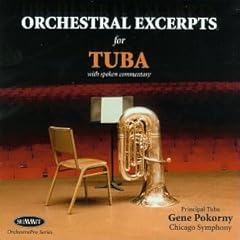JPNirschl wrote:
cjk wrote:
All those 6/4 monstrous Yorkophones?
Gee, from what I understood there have been less than 200 of them built.
However, there ARE a great deal of Korean duplicates built, authorized or not, that look like one of the 'Yorkophones' you cite, Christian, but are not built in Geretsreid.
I made an error in my post and I think you misinterpreted what I wrote as a result.
This:
cjk wrote:
I have played three different Chinese made copies of the VMI/B&S/Sonora/Gerhard Sneider/etc... 4/4ish BBb tuba. All three had different brand names engraved on them. All three were decent. They weren't as sonically pleasing as the Geretsried-made originals that I've played, but are all those 6/4 monstrous York-o-phones on the market 100% as good as the instrument they intend to copy?
should have been:
cjk wrote:
I have played three different Chinese made copies of the VMI/B&S/Sonora/Gerhard Sneider/etc... 4/4ish BBb tuba. All three had different brand names engraved on them. All three were decent. They weren't as sonically pleasing as the Markneukirchen -made originals that I've played, but are all those 6/4 monstrous York-o-phones on the market 100% as good as the instrument they intend to copy?
My point is that the particular Chinese manufactured instrument is not quite as good as the originals.
And for comparison, there are lots of "6/4" tubas out there that are "copies" or "copies of copies" or "copies of copies of copies" (whatever) of the infamous CSO York. Are all of them as good as the original? Obviously not, else there wouldn't be so many.
To me "6/4 monstrous Yorkophones" includes the Holton 345, Yorkbrunner, Nirschl York, MW 2165/2265, Grontiz PCK, PT 7P, Neptune, YamaYork, etc....
I mis-stated the location that the VMI/B&S tubas were made as Geretsried instead of Markneukirchen (easy to do, Melton is in Geretsried and is part of the same company as B&S these days). I think you somehow took that personally, as the Nirschl tubas are also made in Geretsried.
(NO CASE) or a full-size/4-valve Schiller "Communist Heritage" for $1600 or so WITH a deluxe case?







